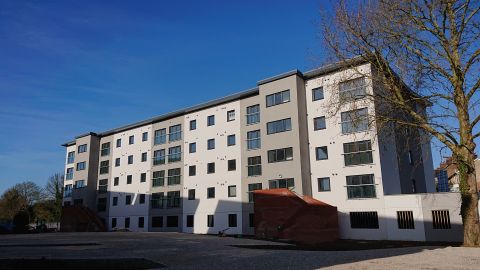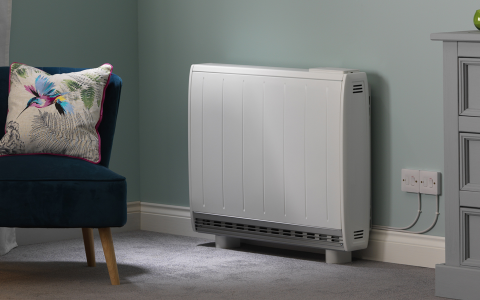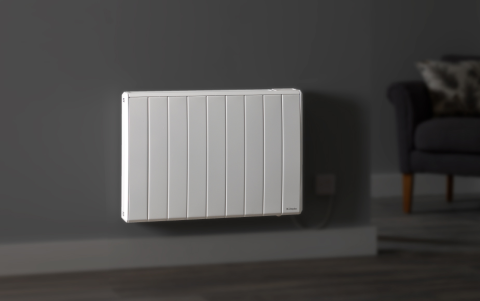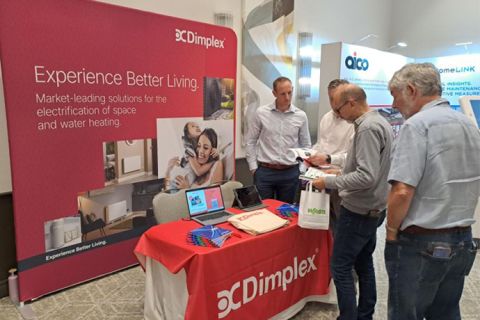Building Regulations in England & Parts L, F and O
With the transitional period now over, the updated 2022 Building Regulations Part L, Part F, and the new Part O, became legally enforceable for all new residential projects.
This is the biggest regulatory change the construction sector has seen in the last 40 years and a stepping stone in our transition away from fossil fuel systems toward decarbonised homes and the electrification of heat - and ultimately, the Future Homes Standard. This shift will impact the way we design buildings and specify technologies.
Have you decided which technologies to specify to achieve compliance for your next residential project?
The new English Building Regulations came into law on the 15th of June 2021. For projects with existing planning permission there is one year transitional arrangements period that applies on plot-by plot basis.
The updated Part L outlines the four compliance metrics for new developments: primary energy target, carbon emissions target, fabric energy efficiency target, and minimum standards for building fabric and building services.
The ventilation system choice under the updated Part F is linked to aritightness as we look to increase indoor air quality. New Part O offers modelling to help mitigate the risk of overheating in buildings.
We designed a simple guide to the changes to Part L and Part F, and the new Part O, and discuss what they may mean for your project.
Our range of HVAC solutions aim to provide future proof technologies to building projects over various sectors.
Request our presentation on Building Regulation changes that answer the most frequently asked questions.
Latest News
Our news section cover building regulations, what the changes to Part L, F, and the new Part of O entail, and what this means for HVAC specification.

Humanising Policy: Exploring the Good and Bad of Electricity
Everything seems to be going electric: it started with our toothbrushes, then our cars and now increasingly our heating. At GDHV we speak a lot about the electrification of heat, but what does that really mean?

What is EN 14511?
EN 14511 sets out standardised performance and rating terms for air-conditioning units, heat pumps and liquid chilling packages that supply space heating or cooling. EN 14511 is used for a determination of the Coefficient of Performance (COP) that gauges the performance of a heat pump.

How does combining HVAC technologies maximise development ROI and help improve the energy efficiency of developments?
Innovative low carbon hybrid electric technologies are increasingly coming into focus for modern developments where electrifying HVAC technologies can help maximise the ROI and improve energy efficiency. Changing legislation focuses on increasing energy efficiency standards for new domestic dwellings. The move away from natural gas is expected to become necessary for new residential buildings by 2025 and could be beneficial for their compliance from 2022.











